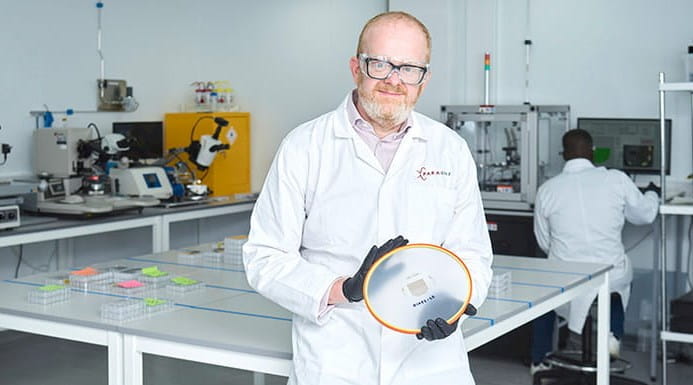Since inflation’s double-digit peak of more than 11% in October 2022, significant progress has been made to rein it back in. Now hovering at around 3%, the downward trajectory toward the 2% target set by the Bank of England’s Monetary Policy Committee (MPC) is encouraging, signalling a positive trend for the UK economy.
In a vote on 9 May, the MPC decided to hold the bank rate – its main tool for lowering inflation – at 5.25% for the sixth consecutive time. So why was the bank rate kept high when inflation (currently at 3.2%) has almost reached the 2% target?
“As we look forward to the next few months, we’re forecasting inflation to return to around 2%t,” Bank of England Chief Economist Huw Pill told delegates at ICAEW’s recent Economic Summit. “Although that is very good news, we’re also forecasting a small pickup in inflation in the second half of this year. Therefore, we are taking a cautious and measured approach before lowering the bank rate.
“When we’re setting the bank rate, we need to recognise that the impact of changes will be felt in 18 to 24 months’ time in terms of the impact on prices and inflation. Therefore, we need to be thinking about what inflation will be at that horizon to calibrate our decision appropriately.”
Three key economic indicators
To effectively predict what the UK inflation rate will be, the MPC looks at three indicators in the UK economy:
Tightness in the UK labour market: the ratio of job vacancies to unemployment is a crucial gauge of labour market tightness for the MPC. Despite a fall since the post-pandemic peak, the current ratio remains high, indicating ongoing challenges in labour recruitment. This suggests persistent demand for workers, keeping the labour market tight compared with historical averages.
Pay growth: recent data suggests a decline in private sector pay growth, moving closer to the 2% inflation target. However, with current pay growth rates still at around 6% annually, sustaining the target may require further progress. The data also presents challenges in interpretation due to factors such as one-off payments.
Services price inflation: annually, it appears to have reached its highest point and is gradually declining, but it is still showing a 6% increase, which is faster than what is needed to meet the 2% inflation target. While certain components such as package holiday prices and airfares can cause monthly fluctuations, analysing median price development suggests a recent decline to just above 4%. However, further decreases may be necessary for sustained progress toward the 2% target.
Pill explained that the statistics are cross-referenced with data from multiple surveys to improve their reliability. One such survey is the ICAEW Business confidence Monitor – a nationwide quarterly survey of 1,000 chartered accountants – which showed that business confidence tripled in Q1 2024.
What about policy going forwards?
In deciding when to adjust bank rates, the MPC stresses the importance of a coordinated approach, said Pill. The decision to cut rates shouldn’t wait until all inflationary pressures are resolved but should respond to the changing inflation situation. Importantly, just because headline inflation dips or persistent inflation continues, it doesn't mean policy should immediately loosen. These are all issues that will have to be resolved as fresh data comes in.
“However, I do think it’s clear that the job is not yet done,” added Pill. “Some restriction is still required and the timing for cutting bank rates can only be assessed when we have more evidence and we are more confident that the move in underlying inflation is going in a direction that is not just correct, but also quantitatively consistent with achieving the 2% target – sustainably.”
Supporting businesses
In its Manifesto, ICAEW sets out its vision for a renewed and resilient UK, including actions to support starting, running and growing a business.




